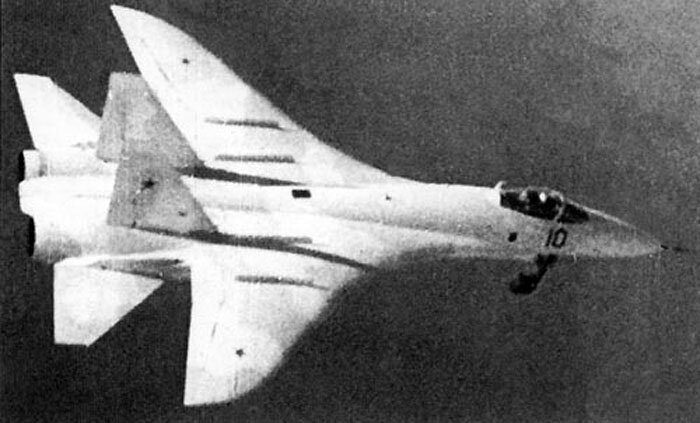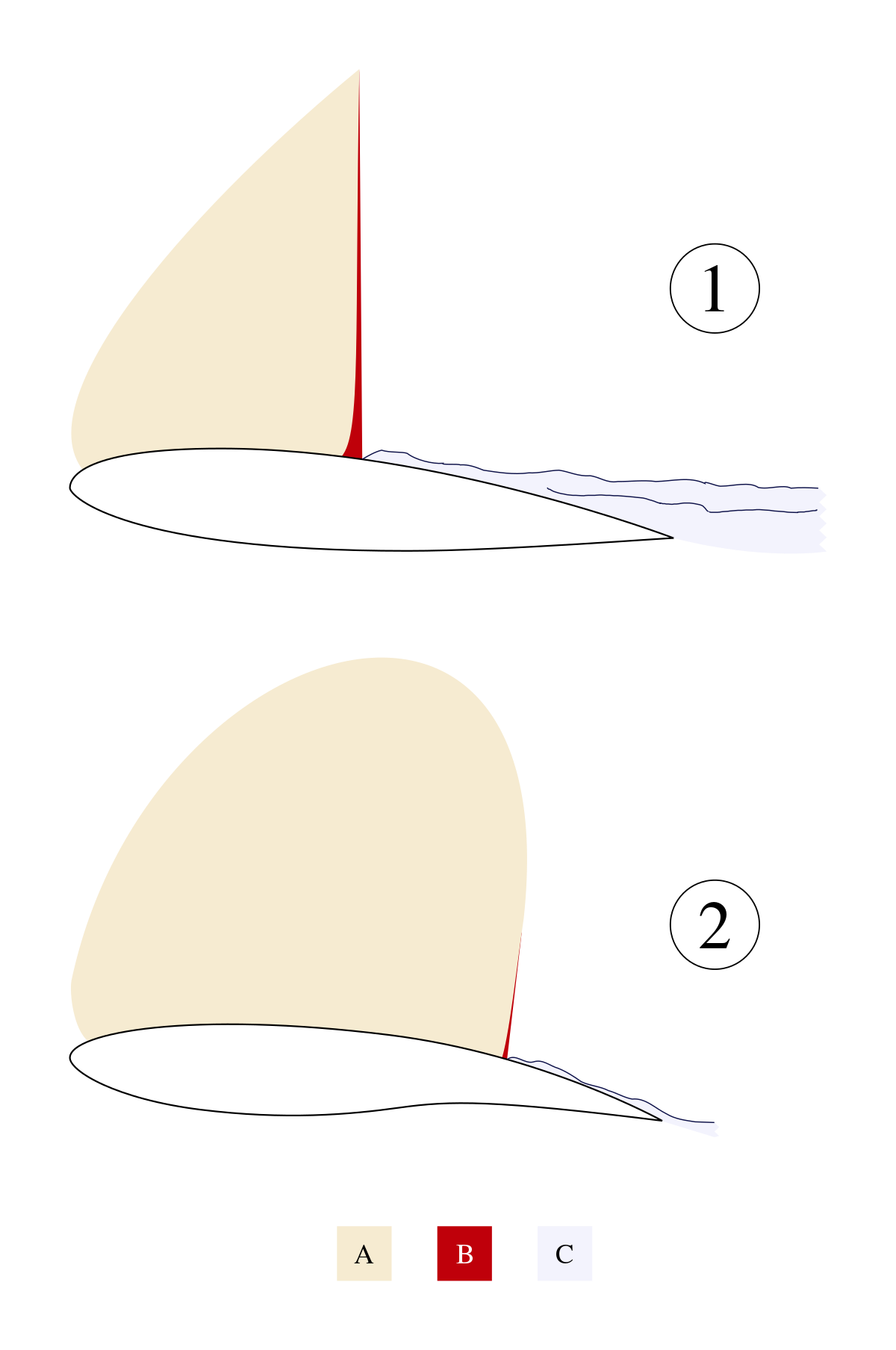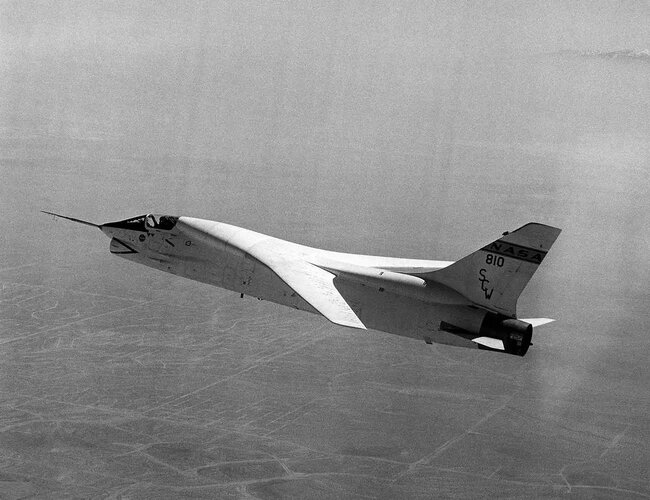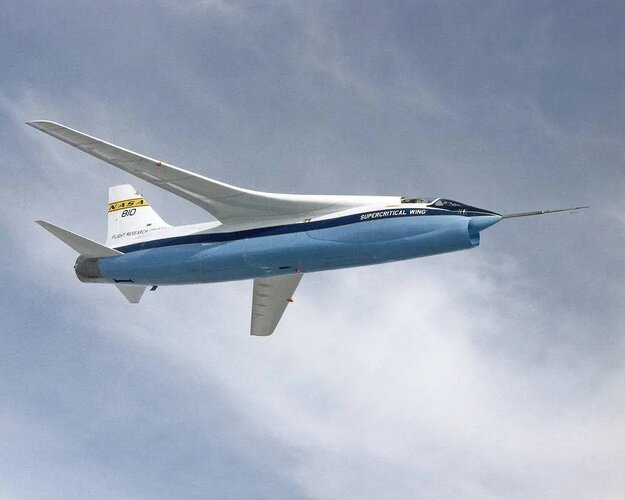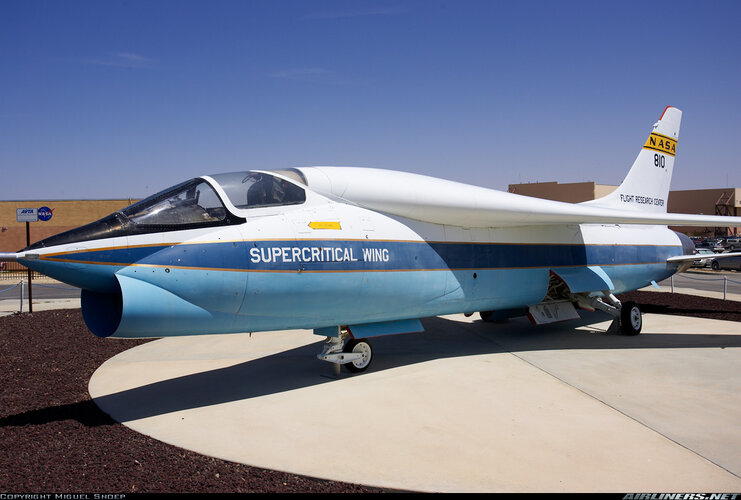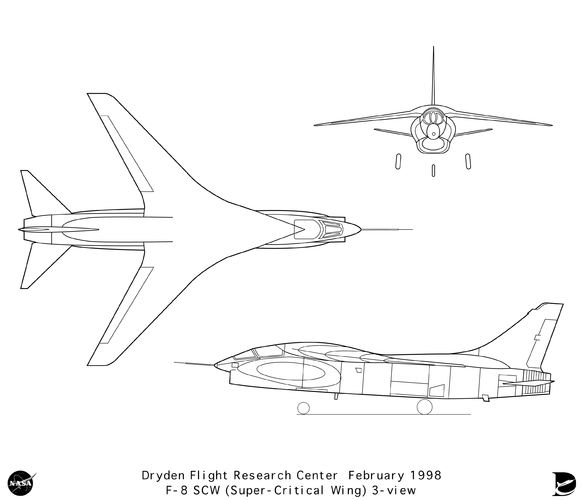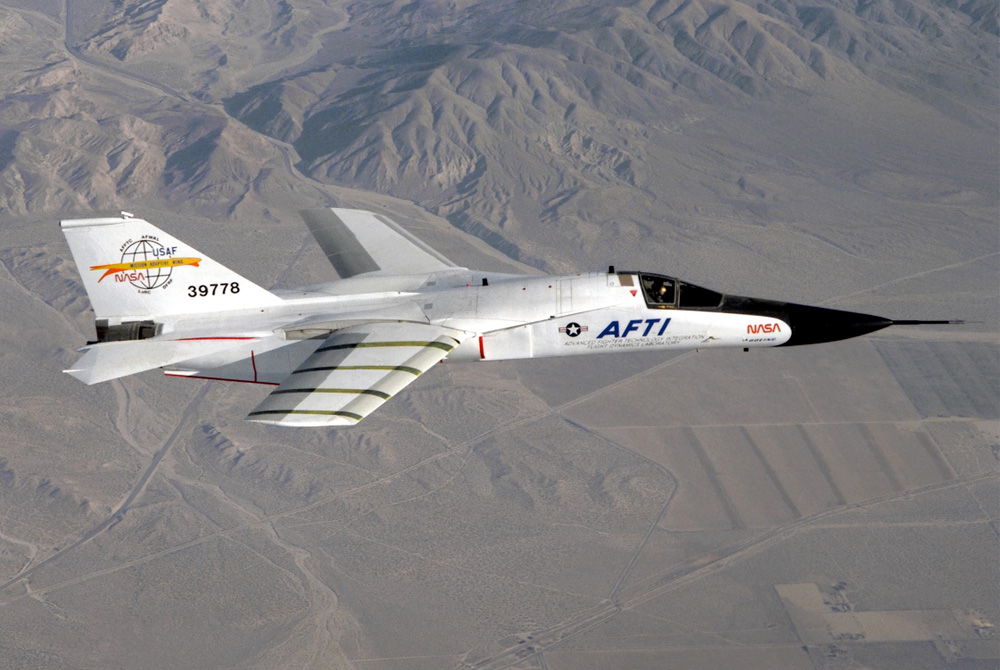I have constantly encountered this statement, and it always felt iffy to me. Is this actually true? Can anyone actually point to what advancements have reduced the need for swing-wings? I feel like, when we look at famous swing-wing aircraft (F-14, Su-25 Tu-160) we see the same patterns: T/W way less than, incredibly broad flight envelope, from loitering, to supersonic flight and huge range.
I feel like there's no recently designed aircraft with this set of requirements, modern aircraft tended to mostly designed for either low-to medium speeds (F-35) to medium-to-high ones (F-22).
If you came up to a designer and asked him to design an aircraft today that can do all the same things an F-14 or a Tu-160 can, I doubt they could make one without swing wings. True, modern engines have better T/W than ones in the 70s, but I doubt that alone would compensate.
I feel like there's no recently designed aircraft with this set of requirements, modern aircraft tended to mostly designed for either low-to medium speeds (F-35) to medium-to-high ones (F-22).
If you came up to a designer and asked him to design an aircraft today that can do all the same things an F-14 or a Tu-160 can, I doubt they could make one without swing wings. True, modern engines have better T/W than ones in the 70s, but I doubt that alone would compensate.

